European markets hesitate as sentiment shifts
European equity market futures showed an opening on Tuesday with a muted shrug: Euro Stoxx unchanged, FTSE 100 up 0.2%, DAX inching 0.3% higher, and CAC 40 edging down 0.2%. The cautious tone in Europe contrasts with Asia’s steadier climb, helped by Australia’s outperforming ASX and mild gains in Hong Kong and South Korea. Meanwhile, US futures remained little changed after Wall Street closed mostly higher, with the 10-year Treasury yield flat at 4.21%.
Markets are caught between competing narratives. Relief over a possible US auto tariff pause lifted sentiment early, but optimism is brittle. Trade negotiations between the US and China continue to drift without tangible progress, while global growth forecasts slide lower, and recession warnings become louder in economist circles.
Today’s European macro calendar offered a small dose of reassurance. Germany’s consumer confidence unexpectedly improved for May, rising to -20.6 from a revised -24.3. Income expectations climbed to their highest since October 2024, powered by recent wage agreements. Yet economic expectations barely budged, rising just 0.3 points to 7.2—a warning that goodwill may fade fast if trade tensions flare again.
Spain kicked off this week’s Eurozone inflation readings, with the broader bloc set to report Friday. Meanwhile, in China, stimulus promises linger without meaningful detail, leaving investors clinging to hope rather than evidence.
Corporate earnings show strength—but for how long?
European earnings reports delivered their usual blend of surprises and stumbles. HSBC beat expectations and announced a $3 billion buyback despite lower profit and revenue. Porsche AG issued a stark warning that US tariffs and weaker China demand would erode sales. Deutsche Bank reported a stronger-than-expected Q1 net income, while Novartis beat forecasts and raised its full-year guidance. Volvo Cars unveiled a $1.9 billion cost-cutting plan and scrapped its forward guidance altogether after a sharp drop in operating profit.
Across the Atlantic, American corporations continue to defy gravity. As of Monday, FactSet data showed US companies reporting an average Q1 earnings growth of 10.1%, trouncing the 7% expected just a week ago. Revenue growth, too, nudged higher to 4.6% from March expectations of 4.4%. S&P 500 companies are now boasting a forward P/E ratio of 19.8—still slightly below the five-year average of 19.9 but well above the 10-year mark of 18.3.
Corporate America’s strength comes with an asterisk. Much of the margin improvement stems from headcount reductions and cost-cutting rather than organic growth. With nearly 40% of the S&P 500’s market cap reporting this week, investors will learn whether the positive momentum has legs—or if it’s running on fumes.
Tectonic shifts brewing under the surface
Beyond this week’s headlines, deeper shifts hint at turbulence ahead. Nvidia stumbled 2% Monday and extended losses after hours, rattled by Huawei’s announcement that its Ascend 910D chip—expected to rival Nvidia’s industry-leading H100—will begin testing in May. With US restrictions still choking chip exports to China, the move accelerates the decoupling of Western and Chinese tech ecosystems.
Meanwhile, gold’s rally has stalled inside a tight range. Speculation swirls that central banks have been quietly buying gold to hedge against currency devaluation, though evidence remains patchy. Analysts point to a stabilising yuan/gold relationship, suggesting the precious metal may struggle to break to new highs without a fresh catalyst.
Hope collides with hard realities
Markets are riding a curious contradiction. Earnings are holding up. Consumer sentiment in Germany is tentatively brightening. Tariff talks hint at compromise. Yet these flashes of positivity float atop a sea of unresolved tensions—trade wars, chip wars, fiscal excess, and geopolitical gridlock.
As earnings season peaks and macro data floods in, investors would do well to keep one hand on the eject button. In a market propped up by momentum but weighed down by risk, the cost of complacency could soon rise.
